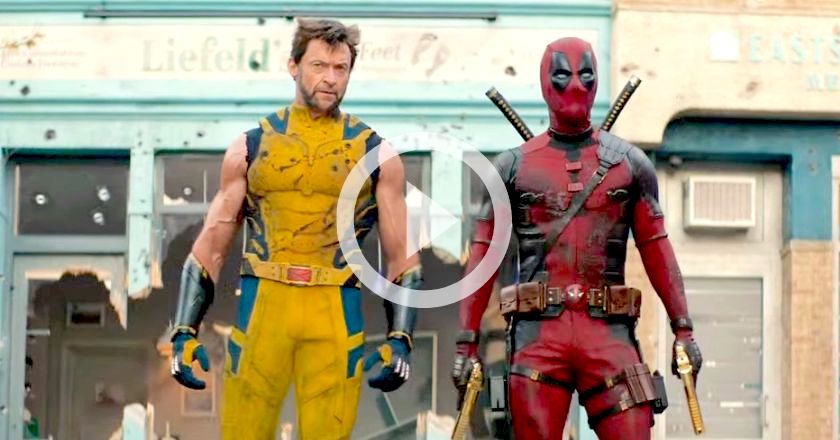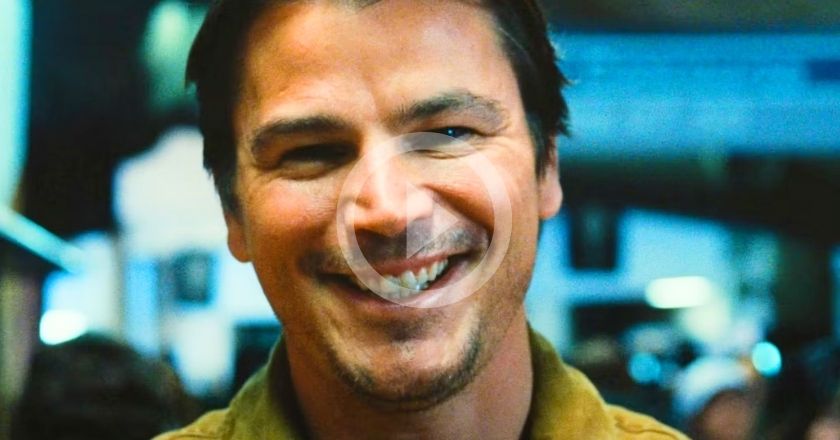
“The Korova milkbar sold milk-plus, milk plus vellocet or synthemesc or drencrom, which is what we were drinking. This would sharpen you up and make you ready for a bit of the old ultra-violence…”
This famous quote from Stanley Kubrick’s 1971 classic, A Clockwork Orange, may initially cause both confusion and intrigue. Never has a film opened to an audience with such a bizarre quote and visual – four adolescent boys in white overalls and black boots, staring vacantly at the screen, drinking milk laced with drugs in a dimly lit bar, with naked female mannequins utilised as tables.
Kubrick’s film, which is based on the Anthony Burgess book of the same name, explores the concept of violence and criminal rehabilitation through the eyes of our main character: Alex DeLarge, a teenage gang leader who wears black boots, a bowler cap, white overalls with bloodied eyes stitched into his cuffs and who carries a penchant for ‘ultaviolence’ and the ‘ol’ in-n-out.’ He also enjoys Beethoven, especially the composer’ Symphony No. 9.

Like Stanley Kubrick’s’ other films, A Clockwork Orange has iconic scenery embedded into the fabric of film history, which highlights its significance and relevance. Arguably the most memorable sequence involves the ‘Ludovico Technique’ ““ a fictional form of rehabilitation and therapy applied to the main character that’s engineered to create a sickening response to different forms of violence. During this infamous scene, Alex is placed in a straight jacket with specula’s forcing his eyes open to watch violent imagery, inducing nausea from the drugs the prison administers.
The characters sometimes act in over-the-top, clown-like manners, but they are juxtaposed with controlled, serious scenes that provide truly thought-provoking moments, such as Alex’s interrogation or the aforementioned ‘Ludovico Technique.’ As with many of Kubrick’s other films, A Clockwork Orange features a number of moments containing symbolism ingeniously hidden throughout, alluding to deeper meanings behind characters and their motivations.
A Clockwork Orange comes off as a somewhat strange and surreal experience; meshing into the totally bizarre ““ the characters, the language, dialogue, the scenes of ‘ultraviolence’ and ‘rehabilitation’ ““ it provides unsettling, unique imagery and sequences that etch themselves into the mind.

It also features what is arguably Malcolm McDowell’s best and most memorable performance. The actor absolutely shines as Alex, a character used by Kubrick to examine culture, such as that of music, literature and art. The fact that Alex uses his love of music and art to draw his own understandings of life and to express himself provides layers to his character and gives the character initial freedom throughout the early stages of the film. This is contrast with his situation later when he’s placed in prison; the loss of his freedom finds his allusions to culture diminishing.
The use of music is executed very effectively, to the credit of synthesist and composer Wendy Carlos (with uncredited composition work from Erika Eigen). The soundtrack is a mesh of classical music mixed with electric synth, spliced into several important parts in the movie. One classical composer used quite frequently is Beethoven, whose music adds uniqueness and power to Alex’s scenes, to the point where it becomes a distinguishing feature of his character.
A Clockwork Orange is one of Kubrick’s best films (and this writer’s personal favourite out of Kubrick’s filmography). It’s an iconic and memorable piece of cinema filled with thought-provoking sequences and a dark sense of humour. It also introduced us to the always-compelling character of Alex Delarge. A Clockwork Orange, as Alex pronounces, is a real horrorshow.







